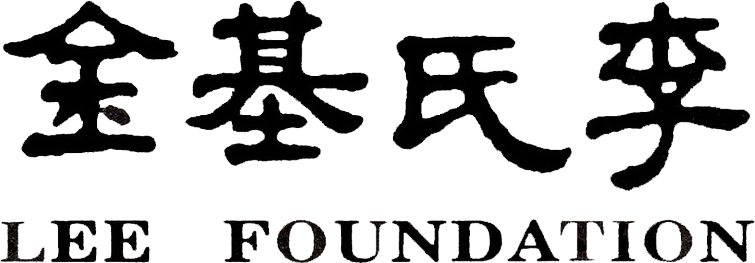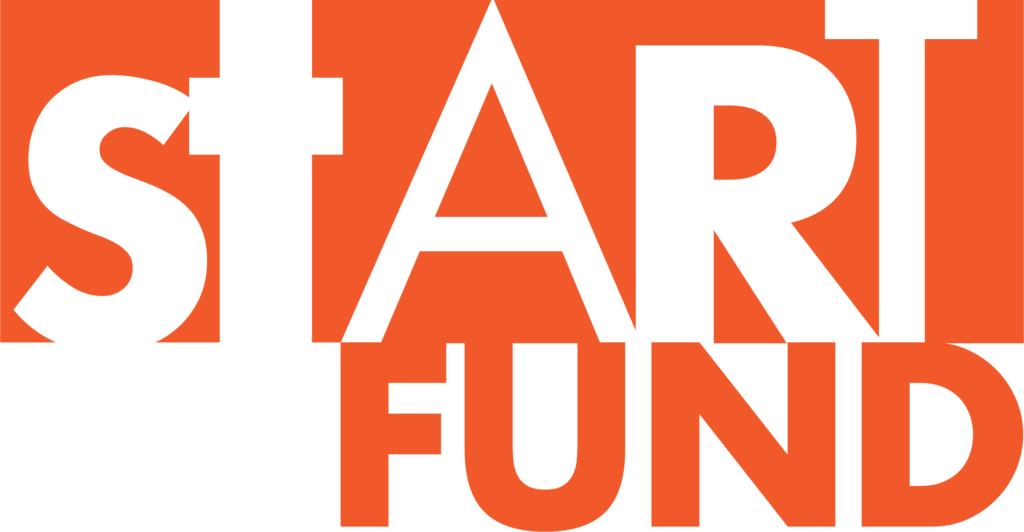Documenting Transitions
Vidhya Subramanian, Bharatanatyam exponent, based in Chennai, shares her perspectives on the many shifts – over time – in teaching and learning in the world of dance

Krishna transitions from desire to duty, from lover to king, from Gokulam to Mathura, from a life of leisure to the Gita. Change, sometimes abrupt and at other times measured, is a reality of life and transience is the only constant that has potential for growth but also results in loss. Transitions can be both appealing and arduous.
I learnt from a traditional nattuvanar, Guru SK Rajarathnam as well as from Kalanidhi (Narayanan) Maami. How I teach today is, in many ways, informed by how they taught and yet also it is an amalgamation of my performance experience, life lived in the US, my move back to Chennai, and my personal negotiations with the art.
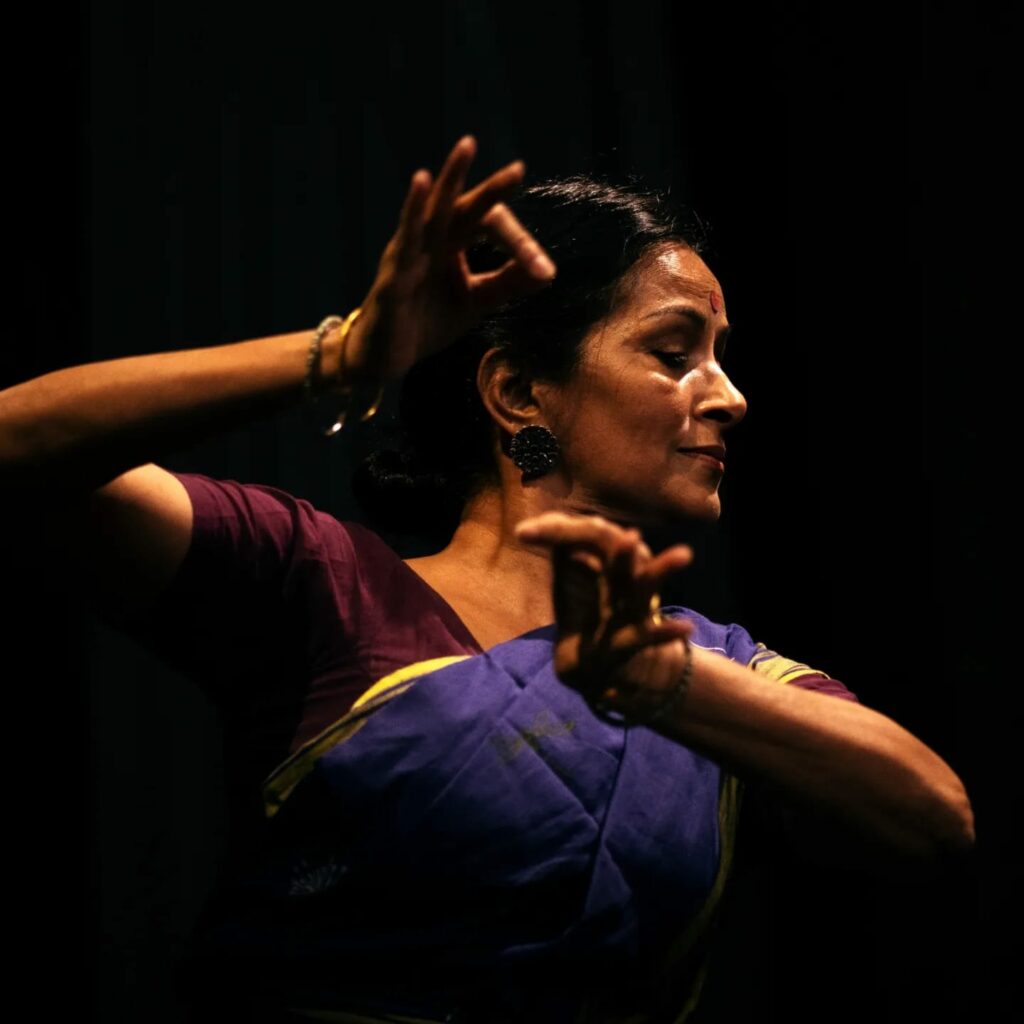
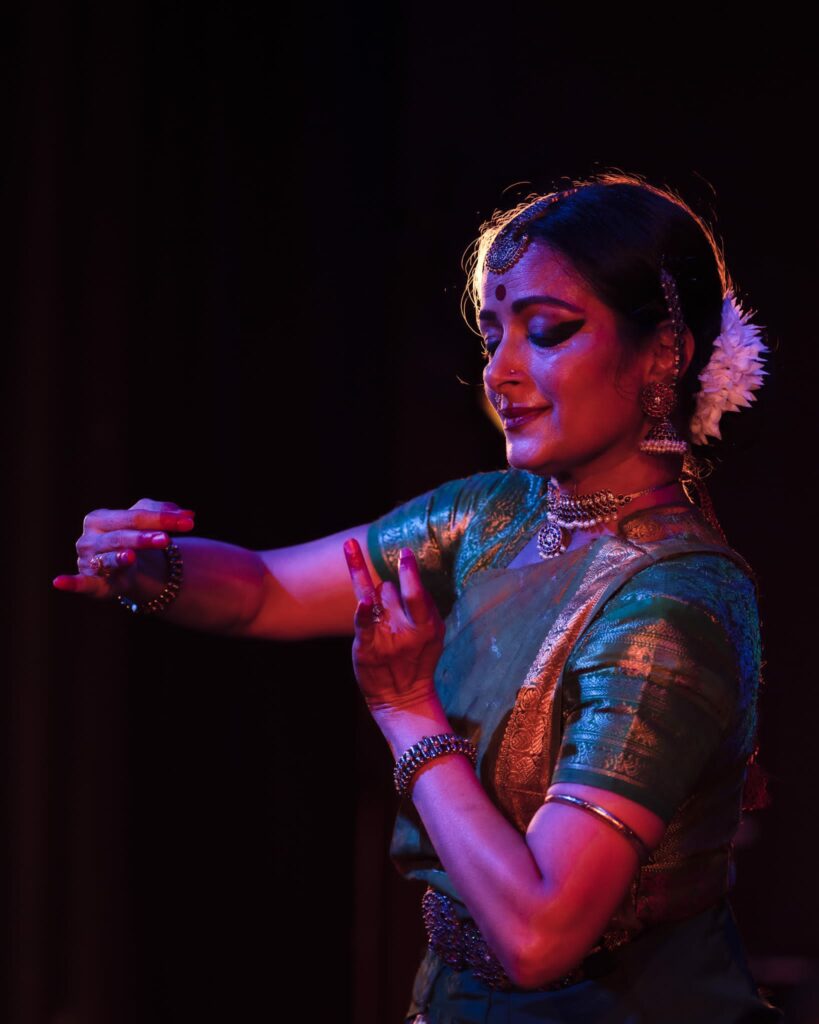
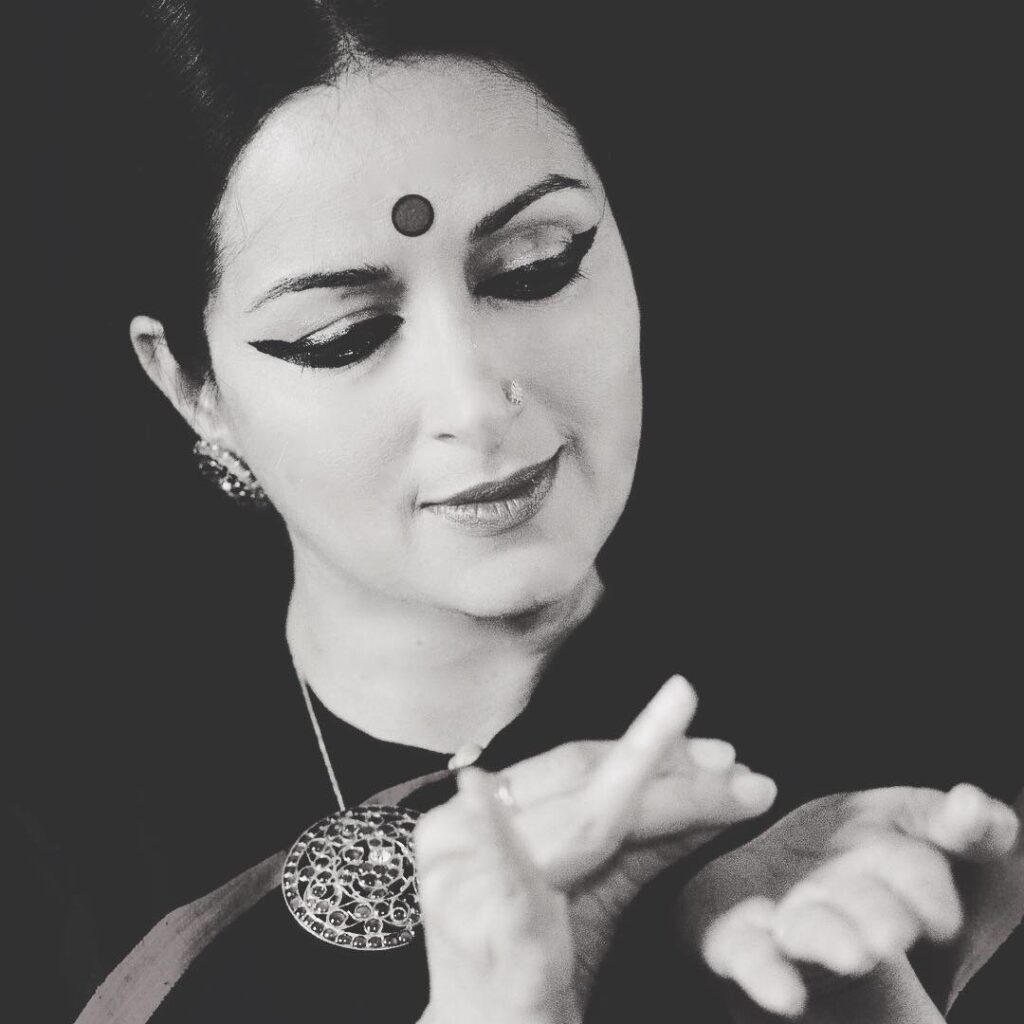
Pedagogy was organic when I learnt, methodology developing simply from the day-to-day-ness of teaching and learning. Class would start without much preamble, a simple thatti kumbidudhal, and then on to the item/s to be worked on for the next two hours. With Kalanidhi Maami, I was first introduced to dialogue and analysis, although mostly pertaining to the composition being learnt. All through my learning period, there was no analysis of an idea, conversations about inward journeys, articulation of process, not even a warm-up or cool down.
All of these, barring the warm-up and cool down, were simply present in the rigour of dancing, a rigour that revealed much more than words, if one had the patience. Lack of patience wasn’t a choice.
Teaching became a part of my life at a very early age, courtesy, my move to the USA. As a young teacher away from home, I relied heavily on how I had learnt as a way to teach. Over time, I added warm-up, adavu categorization, theory lessons, accountability sessions, practice logs, strength training, stretching, a handbook, conversations, and social experiences with students.
While setting compositions on my students, I chose to focus on the individual and their strengths/weaknesses as a dancer and a human, in part similar to the way I had learnt. The years of dancing, teaching and living in the USA, as well as a Masters with a focus on Bharatanatyam, meant a gradual expansion of methodology and management. Coming back to India regularly revealed that some of my peers in the field were doing the same.
Words such as choreography, process, emotional access, relationship with space, balance and so many more we take for granted today, took on a deeper meaning as an entire generation of dancers began searching. Technology somehow both adds to and subtracts from this journey.
Today, we have a young dance generation starved to learn, create, articulate, grow and disagree. It is both energizing and joyfully exhausting to engage with many of them. Teaching is an extension of all the work one has been doing so far and a necessary transference of legacy. For me it continues to be focused on the individual, except merged with the conversation that enriches the process. For many young dancers, the cerebral and the corporeal are in a simultaneous pact in the strive for excellence. Once in a while though, it is necessary to silence that head voice and simply dance. To let the emotions surface, to even revel in them, find the silence in them.
The transition into an era of abundance has already occurred. As an entire generation of dancers matures in experience, it is important to reflect upon the conflict between duty and desire, to pause and wonder what defines growth and what has perhaps been lost and left behind.




